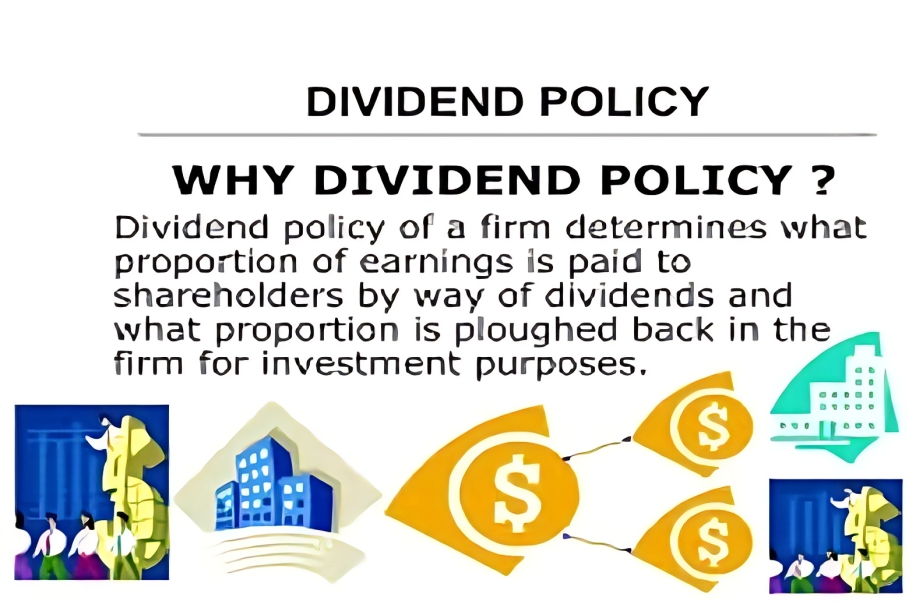Dividends act as payments distributed by companies to their shareholders, providing investors with an opportunity to earn a share of the company’s profits. This financial mechanism stands as a key method for investors to help me save money by generating a consistent income from their stock investments.
Types of Dividends
Dividends can be distributed in two primary forms: cash payments or additional shares, known as stock dividends. The dividend yield, calculated by dividing the company’s annual dividend by the stock price, helps investors compare dividend stocks effectively. Another crucial metric is the dividend payout ratio, indicating the portion of a company’s income allocated to dividends versus reinvestment.
Not all stocks pay dividends; those interested in dividend investing must specifically seek out dividend stocks. Companies that consistently increase dividend payments annually often exhibit lower volatility than the broader market. The steady income from dividends can stabilize a stock’s total return over time.
Benefits of Dividend Stocks
Well-established companies with stable financial positions generally pay dividends that no longer require extensive reinvestment in growth. Thus, dividend-paying stocks can offer a dependable and growing income stream. Investors often view dividends as a reflection of a company’s financial health, expecting them to be sustained even during challenging economic conditions. Investors typically perceive the ability to maintain or raise dividends positively, whereas a reduction in dividends may lead to a decline in the stock’s value.
During periods of inflation, stocks that consistently increase dividends tend to outperform the broader market. Companies with a track record of uninterrupted dividend growth over several decades, known as dividend aristocrats, exemplify the reliability and stability associated with dividend-paying stocks.
Payment and Types of Dividends
Dividends are usually distributed on a company’s common stock, with several types of dividends available:
- Cash dividends: The most common form, where companies pay dividends in cash directly into shareholders’ brokerage accounts.
- Stock dividends: Instead of cash, companies may distribute additional shares of stock to shareholders.
- Dividend reinvestment programs (DRIPs): Investors can reinvest dividends into the company’s stock, often at a discount, through DRIPs.
- Special dividends: One-time payouts distributed to all shareholders, often reflecting accumulated profits for which the company has no immediate use.
- Preferred dividends: Issued to owners of preferred stock, typically paid quarterly and featuring fixed dividend amounts.
- Dividend funds: Investors seeking diversified exposure to dividend-paying stocks can opt for dividend mutual funds or ETFs, offering access to multiple dividend stocks within a single investment vehicle.
Evaluating Dividends
Investors can assess a company’s dividend performance using various metrics:
- Dividend per share (DPS): Reflects the amount of dividends distributed per share of stock during a specific period, indicating a company’s ability to grow dividends over time.
- Dividend yield: Calculated as the company’s annual dividend divided by the stock price, facilitating a standardized comparison of dividend stocks.
- Dividend payout ratio: Indicates the percentage of a company’s net income allocated to dividends, helping investors gauge the safety and sustainability of dividends.
Tax Implications
All dividends are subject to taxation, with qualified dividends from U.S.-based or U.S.-traded companies taxed at capital gains rates for shareholders who have owned the stock for at least 60 days. Other dividends are taxed at ordinary income rates.
In conclusion, dividends play a crucial role in investment portfolios, allowing investors to earn a regular income stream from their stock holdings. By understanding the types of dividends, their benefits, evaluation metrics, and tax implications, investors can make informed decisions when incorporating dividend stocks into their investment strategies.

